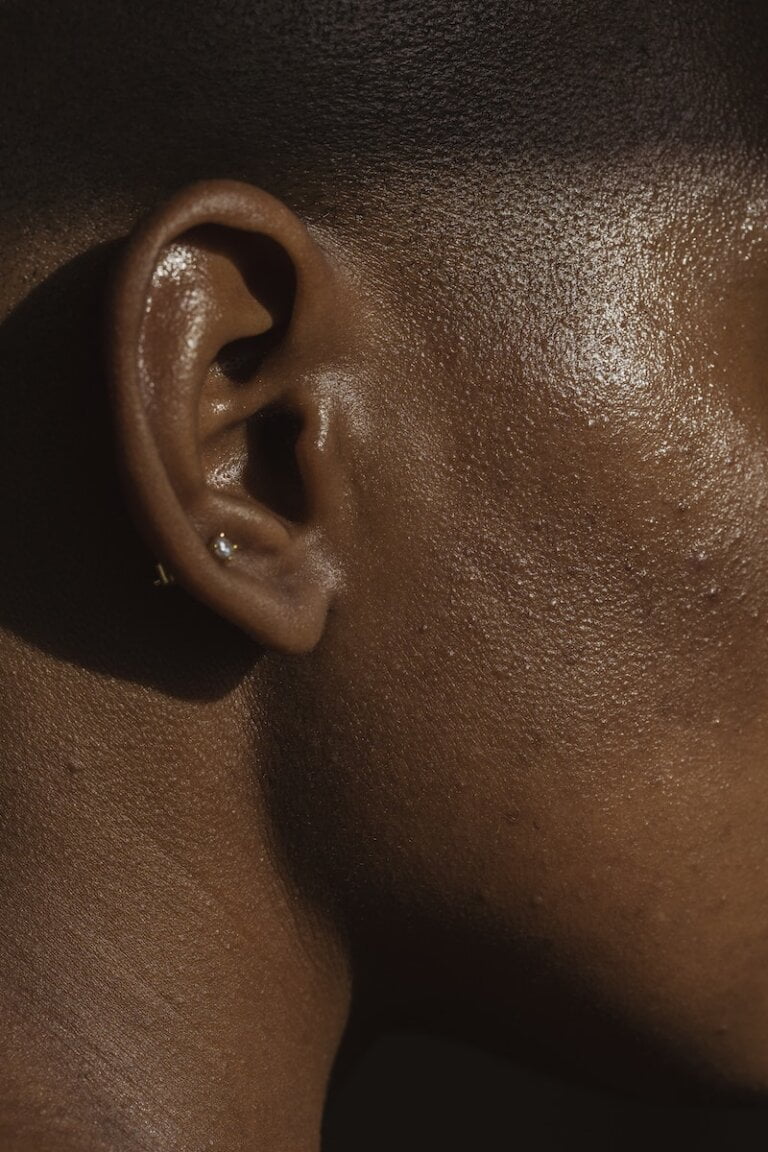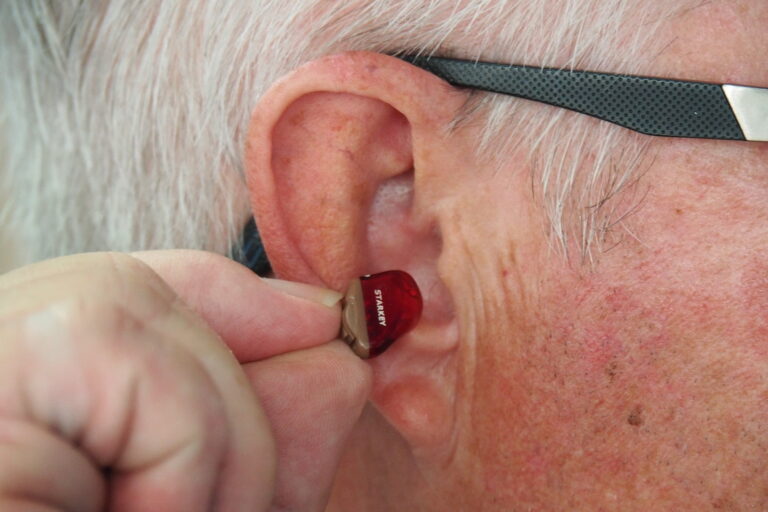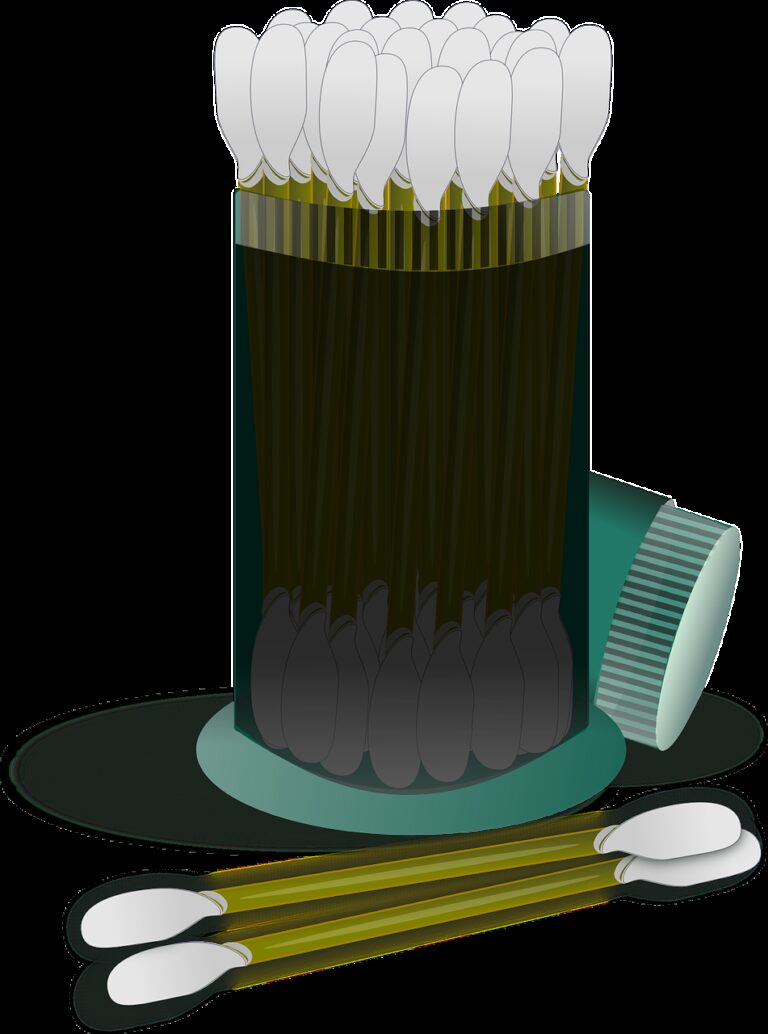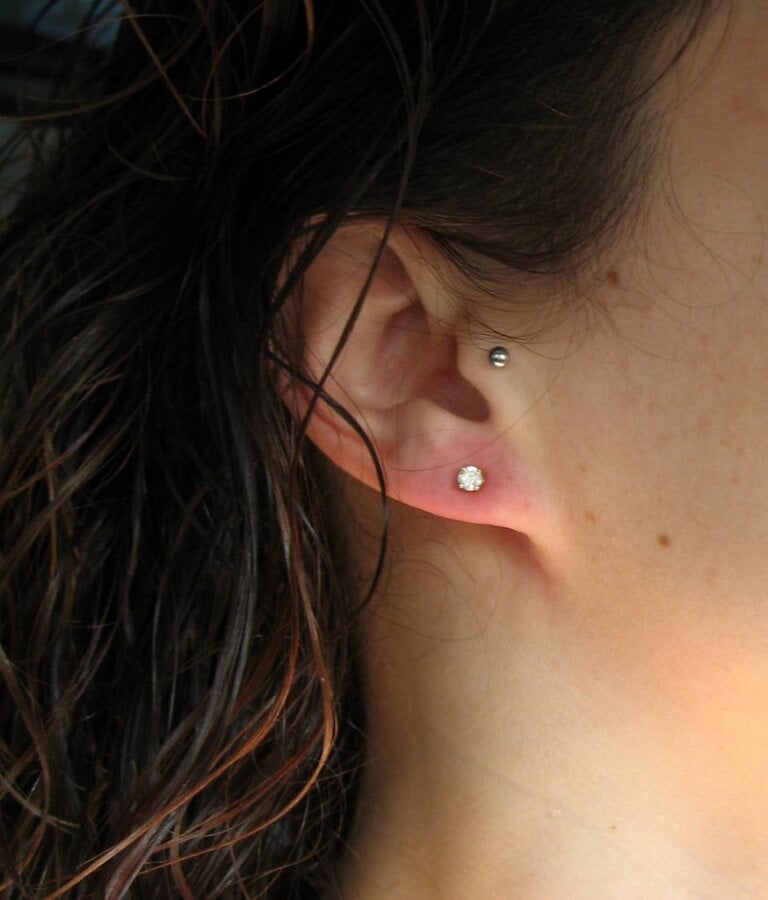A Balancing Act: Exploring the Role of Ear Wax in Maintaining Ear Health
Last Updated on 3rd May 2024 by Admin
Ear wax, scientifically known as cerumen, is a natural substance that is produced by the ceruminous glands present in the ear canal. Although it may be perceived as an inconvenience or bothersome issue, ear wax actually plays a crucial role in maintaining optimal ear health. In this comprehensive article, we will delve into the fascinating world of ear wax, exploring its functions, benefits, and best practices for keeping our ears clean and healthy.
What is Ear Wax and How is it Produced?
Ear wax is a substance that is naturally produced by the ceruminous glands present in the ear canal. These glands are responsible for secreting ear wax to protect the delicate skin of the ear canal from dust, debris, and microbial infections. The production of ear wax is a continuous process, ensuring that the ear canal remains well-moisturized and free from potential contaminants. As the wax is produced, it gradually moves from the inner ear canal to the outer ear, carrying away any trapped particles or foreign substances.
Ear wax is primarily composed of a mixture of shed skin cells, hair, and secretions from the ceruminous glands. This combination creates a sticky consistency that helps to trap dirt, dust, and other particles that may enter the ear canal. By doing so, ear wax serves as a protective barrier, preventing these foreign objects from reaching the delicate structures of the inner ear.
The Functions and Benefits of Ear Wax
1. Lubrication and Moisture
Ear wax acts as a natural lubricant for the ear canal, preventing dryness and irritation. It helps to keep the skin in the ear canal moisturized, which is essential for maintaining a healthy environment for the delicate structures of the ear. Without adequate moisture, the skin in the ear canal can become dry and prone to irritation, increasing the risk of discomfort or even infection.
2. Protection and Defense
One of the primary functions of ear wax is to protect the ear canal from foreign objects, such as dust, dirt, and insects. The sticky nature of the wax helps to trap these particles, preventing them from reaching the eardrum and causing potential damage or infection. Additionally, ear wax can act as a barrier against water, preventing it from entering the ear and potentially leading to infections or other complications.
3. Antibacterial and Antifungal Properties
Ear wax contains antimicrobial properties that help to protect against bacterial and fungal infections. The cerumen, along with the small hairs present in the ear canal, acts as a barrier, preventing the growth of harmful microorganisms and maintaining the overall health of the ear. The acidic nature of ear wax also creates an unfavorable environment for the growth of bacteria and fungi, further enhancing its protective properties.
4. Self-Cleaning Mechanism
As the ear wax is produced and moves from the inner to the outer ear canal, it carries along any trapped debris, dead skin cells, or excess moisture. This natural self-cleaning mechanism helps to maintain the cleanliness of the ear canal, reducing the risk of blockages or infections. By gradually moving outwards, the ear wax takes along any potentially harmful particles, keeping the ear canal clear and functioning optimally.
It is important to note that the production and movement of ear wax vary from person to person. Some individuals may naturally produce more ear wax, while others may produce less. The amount of ear wax produced does not necessarily indicate poor ear health, as long as it is not causing any discomfort, hearing loss, or auditory issues.
Common Misconceptions about Ear Wax
There are several misconceptions surrounding ear wax that have led to improper ear hygiene practices. Let’s address and debunk some of these misconceptions:
1. More Ear Wax Means Unhealthy Ears
The amount of ear wax produced varies from person to person, and it does not necessarily indicate poor ear health. Some individuals naturally produce more ear wax than others. As long as the ear wax is not causing any discomfort, hearing loss, or auditory issues, there is no cause for concern. It is important to focus on overall ear health and not solely rely on the amount of ear wax produced as an indicator.
2. Q-Tips are Safe for Ear Cleaning
Contrary to popular belief, using Q-tips or cotton swabs for ear cleaning is not recommended. Inserting these objects into the ear canal can push the ear wax further inside, leading to blockages or even damage to the eardrum. Additionally, Q-tips can also cause minor injuries to the delicate skin of the ear canal, increasing the risk of irritation or infection. Instead, it is best to let the ear wax naturally migrate out of the ear canal or seek professional assistance for safe and effective removal.
Proper Ear Wax Management and Cleaning
While ear wax is important for ear health, excessive buildup or blockages can cause discomfort and hearing issues. Here are some tips for proper ear wax management and cleaning:
1. Avoid Inserting Objects into the Ear Canal
As mentioned earlier, avoid using Q-tips, hairpins, or any other objects to clean the ear canal. These objects can push the ear wax further inside, potentially leading to blockages or damage. Instead, focus on maintaining good ear hygiene practices, such as gently wiping the outer ear with a clean cloth. Let the ear wax naturally migrate out of the ear, aided by the natural movement of the jaw during talking or chewing.
2. Seek Professional Help for Blockages
If you experience symptoms of earwax blockage, such as earache, hearing loss, or ringing in the ear, it is advisable to consult a healthcare professional or an audiologist. They can conduct a thorough examination of your ears and safely remove the excess ear wax using specialized tools and techniques. Professional assistance ensures proper and safe removal of the blockage, reducing the risk of complications.
3. Use Ear Drops
If you are prone to excessive ear wax buildup, your healthcare provider may recommend using ear drops to soften the wax. These drops can be applied as directed and help to facilitate the natural movement of ear wax out of the ear canal. It is important to follow the instructions provided by your healthcare professional and not exceed the recommended usage to avoid any adverse effects.
Conclusion
Ear wax, despite its often misunderstood reputation, plays a vital role in maintaining ear health. From lubricating and protecting the ear canal to acting as a defense mechanism against infections, ear wax is an integral part of our body’s natural defenses. It is important to understand the functions and benefits of ear wax to ensure proper ear hygiene practices. By avoiding the use of Q-tips and seeking professional help when needed, we can maintain healthy ears and prevent unnecessary complications. Remember, a little ear wax goes a long way in safeguarding our hearing and overall ear health.
FAQ
- What is ear wax and how is it produced?
Ear wax, scientifically known as cerumen, is a natural substance produced by the ceruminous glands in the ear canal. These glands secrete ear wax to protect the ear canal from dust, debris, and microbial infections. The wax is continuously produced and gradually moves from the inner ear canal to the outer ear, carrying away trapped particles and foreign substances.
- What are the functions and benefits of ear wax?
Ear wax serves several functions and benefits, including:
- Lubrication and moisture: Ear wax acts as a natural lubricant, preventing dryness and irritation in the ear canal.
- Protection and defense: The sticky nature of ear wax traps foreign objects like dust and dirt, preventing them from reaching the eardrum and causing damage or infection.
- Antibacterial and antifungal properties: Ear wax contains antimicrobial properties that protect against bacterial and fungal infections.
- Self-cleaning mechanism: As ear wax moves from the inner to the outer ear canal, it carries away debris, dead skin cells, and excess moisture, maintaining cleanliness and reducing the risk of blockages or infections.
- Is more ear wax an indication of unhealthy ears?
No, the amount of ear wax produced varies from person to person and does not necessarily indicate poor ear health. Some individuals naturally produce more ear wax than others. As long as the ear wax is not causing discomfort, hearing loss, or auditory issues, there is no cause for concern. Overall ear health should be the focus rather than the amount of ear wax produced.
- Are Q-tips safe for ear cleaning?
No, using Q-tips or cotton swabs for ear cleaning is not recommended. Inserting these objects into the ear canal can push the ear wax further inside, leading to blockages or damage to the eardrum. Q-tips can also cause minor injuries to the delicate skin of the ear canal, increasing the risk of irritation or infection. It is best to let the ear wax naturally migrate out of the ear canal or seek professional assistance for safe and effective removal.







